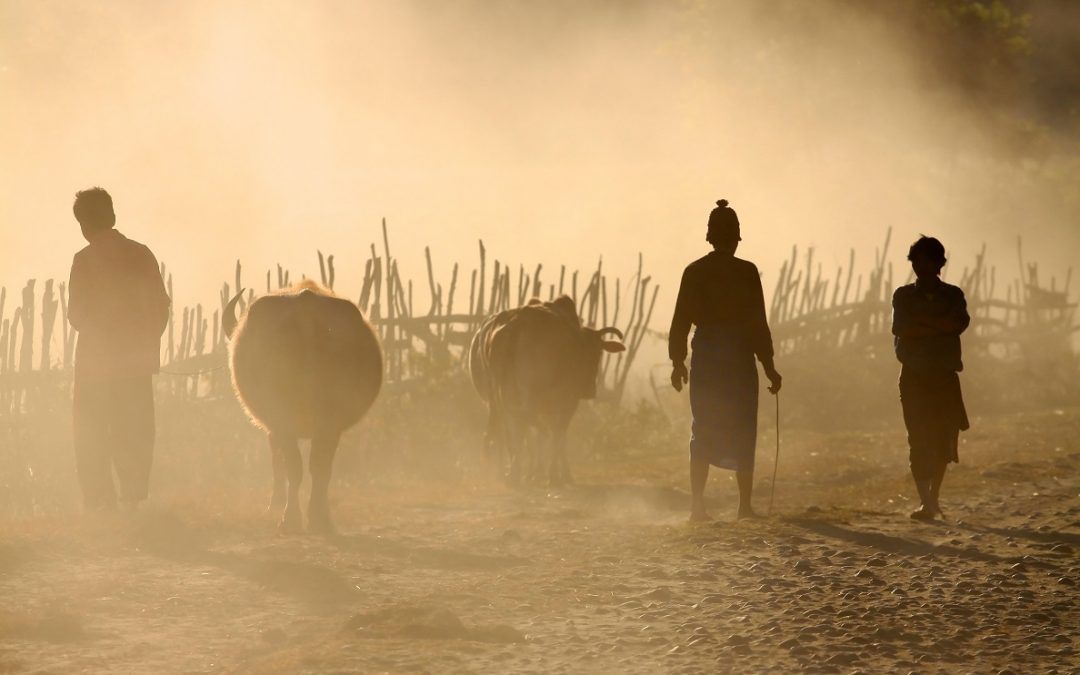A Closer Look at the Last Global Food Crisis
Today, it’s difficult for many people – particularly here in the United States – to imagine a scenario in which a food crisis becomes so severe that it reaches every corner of the globe. But the fact is, the world’s food production and distribution infrastructure is extremely vulnerable to a number of potential threats.
In order to gain a better sense of how we can prepare for a global food crisis in the future, it’s important that we draw lessons from the past. With that in mind, the aim of this article will be to break down the leading causes that produce widespread hunger and starvation in communities around the world today.
As we’ll see, these are all threats that are unlikely to disappear anytime soon. For that reason, now might be the perfect time to secure ag loans for land.
Leading Causes of Hunger Around the World, Past and Present
Here are the top four factors that have contributed to food crises in the past, and that could potentially lead to a large-scale food shortage in the future:
- Economic downturns. Systems of food production and distribution require a healthy and productive economy in order to function properly. In times of economic depression or collapse, these systems tend to freeze in their tracks.
- Environmental change. While climate change of the magnitude that we’re currently witnessing may be unprecedented, fluctuations in the environment leading to mass hunger is nothing new. Anytime a once-fertile region is struck by warming temperatures, as can occasionally happen, desertification and hunger can co-occur as a consequence.
- War and conflict. Violent political, civil, and military conflict can completely upend the institutions that oversee food production during peacetime.
- Natural disasters. Earthquakes, hurricanes, tsunamis, and draughts (just to name a few examples) all have the potential to completely devastate the productivity and fertility of a region. As weather patterns and natural disasters continue to grow more severe, it’s very likely that these will produce local and – and perhaps even global – food shortages.
The Bottom Line
Though we’re certainly more secure than our ancestors in the remote past, it’s a mistake to assume that we’re completely immune to a global food crisis. Even in our modern world, economic instability, climate change, war, and natural disasters are very real risks.
For this reason, it’s important for farmers to take action in the present to protect themselves and their businesses. Securing ag loans for land is a great place to get started!
Shop for AG Loans for Land Today!
Securing ag loans for land is a critical step in protecting the future integrity of your farming operation. Thankfully, MSF Agriculture is here to guide you every step of the way. Contact our office today to get started in your search!

